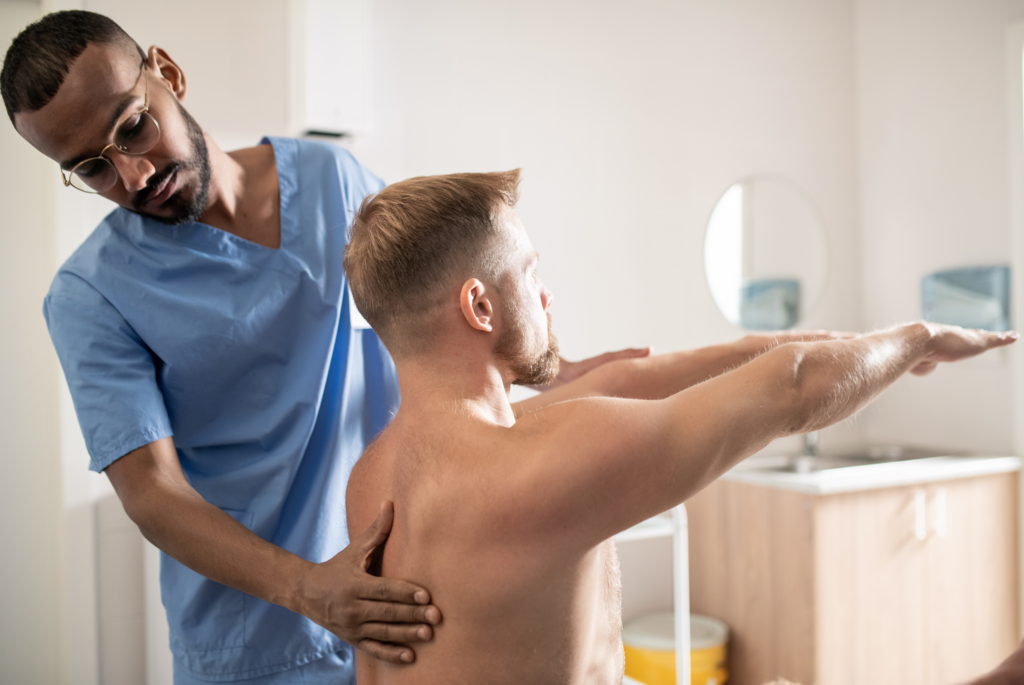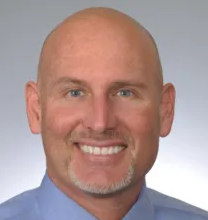How to Get Rid of Back Pain After a Workout

Experiencing back pain after a workout is one of the most common complaints people experience post-workout. Back pain after working out can be caused by a number of reasons and it can vary from person to person.
If your back is always hurting and feeling sore after a workout, it can be hard to keep up that routine because you get tired of feeling the aches and pains that just don’t feel quite right. But the good news is, there are. Few things you can do that can get rid of back pain after a workout so working out makes you feel your best, not your worst.
In this post, we will discuss the most common cause for back pain after a workout and some of the types of ways to help combat back pain when you finish your daily workout.
The Most Common Causes of Back Pain After Working Out
While there are many reasons you can feel back pain during and after a workout, there are a few common causes seen in many people.
Tight hip flexors
may be one of your issues causing back pain after a workout. When your hip muscles are particularly tight, they can cause your pelvis to tilt and this creates a lot of pressure on the lower back area. So, if you are walking, running, or weightlifting with tight hips, the pressure from these exercises can make the tightness worse which makes the pain in your lower back feel worse as well.
Poor Form
is another common reason for back pain after a workout. Working out is great, but it is only as good and beneficial as your form. Bad form can lead to pain, aches, and even some serious injuries if you are not careful. For example, if you are not keeping your back flat and straight while you are doing squats, you are likely rounding your back and hunching forward, creating a lot of pressure on your back – especially the lower back. This can lead to lower back soreness that is annoying and uncomfortable.
Weak Back and Core Muscles
can also cause your lower back to hurt when you finish a workout. Your core muscles and your back muscles support the majority of your body, so if they are weaker than they should be, it is more likely your body has a harder time supporting its weight. This back put pressure on the spine and the back, creating back pain after completing a workout.
Of course, there is also always the possibility you have an injury or have a pinched nerve somewhere in your back. If this is the case, the pain is likely going to feel much worse and more intense than if you just are suffering from general back pain after working out. Keep a close eye on the severity of the pain. If it is extremely painful and does not seem to get better over time, it may be time to visit the doctor and get things checked out.
Ways to Get Rid of Back Pain After Working Out
If you do not have an injury or something more serious going on in regard to your back pain, there are some simple and effective things you can do at home to help ease that back pain.
Stretch
One of the easiest and most effective things you can do to help ease back pain after working out is to stretch. Stretching allows the muscles to lengthen and release tension, which can make your back feel tight, sore, and painful.
You can start with some forward and backward stretches that are incredibly easy to perform anywhere and anytime. You can stand up straight on the ground, put your hands on the lower back, and then bend from the lower back and tilt backward. Your knees should always remain straight and once your bend back far enough, return to your original standing position.
Strengthen
Although this option is going to take some time, the best way to eliminate back pain after working out for good is to ensure you have strong core and back muscles. When your back and core are strong, your body is able to support its own weight better, which for you, means better form, less hunching, and no more rounded backs while working out.
You can incorporate back strengthening and core strengthening workouts into your weekly routine fairly easily if you make the commitment. You can have to lift crazy heavy weights or do 200 sit-ups every day to get a strong core and back. As little as 10-15 minutes per day can help build your strength and prevent lower back pain after you work out.
Heat and Ice
If you want something that is going to help you ease the pain in 20 minutes or less, try either heat or ice therapy options. You can apply heat or ice to the areas of your back that are feeling to most sore and painful and leave it there for about 20 minutes per session. This should reduce the amount of pain you are feeling in that area quite substantially.
During the first 2 days of the pain, opt for only icing the area to bring down any internal inflammation. From the second day onward, you can begin to use heat or stick with ice depending on what feels the best for your body.
See a Chiropractor or Massage Therapist
If you are having chronic pain in your lower back, you just cannot seem to stop after a workout it may be time to seek some professional advice. Often times, chiropractic care can be beneficial for back pain and is widely recommended.
Treating your back pain with the help of a chiropractor may be just what you need to back your back, spine, and body back into alignment after strenuous exercise. If you are nervous to visit a chiropractor, another ideal option to start with is by seeing a massage therapist.
Doing a massage can feel a bit less intimidating but can work wonders for your back and relieving pain. We have a massage therapist in my clinic in Anchorage that has been able to help thousands of patients successfully with massage therapy. Massage therapy can loosen tight muscles and relieve pain quickly.
About Dr. Brent Wells
Dr. Brent Wells, D.C. is the founder of Better Health Chiropractic & Physical Rehab and has been a chiropractor for over 20 years. His practice has treated thousands of patients from different health problems using various services designed to help give you long-lasting relief.

Dr. Wells is also the author of over 700 online health articles that have been featured on sites such as Dr. Axe and Lifehack. He is a proud member of the American Chiropractic Association and the American Academy of Spine Physicians. And he continues his education to remain active and updated in all studies related to neurology, physical rehab, biomechanics, spine conditions, brain injury trauma, and more.


Leave a comment